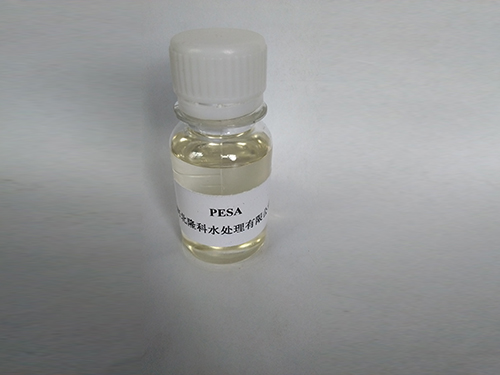anionic polyacrylamide flocculant
Anionic Polyacrylamide Flocculant An Overview
Anionic polyacrylamide (APAM) is a water-soluble polymer frequently utilized in various industrial applications due to its flocculating properties. As a derivative of polyacrylamide, APAM carries a negative charge, which plays a crucial role in the aggregation and settlement of particles within a liquid medium. This characteristic makes it highly effective in processes such as wastewater treatment, mining, and papermaking.
Chemical Structure and Properties
The chemical structure of anionic polyacrylamide consists of acrylamide monomers that are partially hydrolyzed to introduce carboxyl groups, imparting the anionic charge. This structure allows it to interact strongly with positively charged particles in suspension, promoting the agglomeration of solids and enabling efficient separation. APAM has a high molecular weight and excellent solubility in water, making it particularly suitable for various applications requiring efficient flocculation.
Applications of Anionic Polyacrylamide
1. Wastewater Treatment One of the most significant applications of APAM is in the treatment of municipal and industrial wastewater. The flocculating action of APAM helps to remove suspended solids, organic matter, and heavy metals from water. By adding APAM to the wastewater, pollutants can be effectively aggregated into larger flocs that can be easily separated through sedimentation or filtration, significantly improving water quality.
2. Mining Industry In the mining sector, APAM is used in mineral processing, specifically in the concentration of ores and tailings treatment. The use of APAM helps in the clarification of slurry by promoting the settling of fine particles, thus enhancing the overall recovery rates of valuable minerals. This not only improves the operational efficiency but also mitigates the environmental impact associated with mining activities.
3. Papermaking APAM is also employed in the paper and pulp industry as a retention aid, improving the retention of fibers and fillers during the paper manufacturing process. By enhancing the retention rates, APAM helps reduce the loss of valuable raw materials and contributes to producing high-quality paper grades.
4. Agriculture In agricultural applications, APAM acts as a soil conditioner and water-retaining agent. Its use can enhance soil structure, reduce erosion, and improve water retention, thereby promoting better crop yields. Moreover, it can stabilize soil amendments and fertilizers, making them more effective in delivering nutrients to plants.
anionic polyacrylamide flocculant

Advantages of Anionic Polyacrylamide
The use of APAM offers several distinct advantages
- Efficiency APAM is highly effective at low concentrations, requiring smaller doses to achieve desired flocculation results compared to other flocculants.
- Versatility Its wide range of applications across different industries highlights its adaptability and effectiveness in various conditions.
- Cost-Effectiveness The efficiency of APAM in rapidly clarifying liquids can lead to lower operational costs in industrial processes.
- Environmental Compatibility APAM is relatively non-toxic and biodegradable, which makes it a more environmentally friendly option compared to some synthetic alternatives.
Conclusion
Anionic polyacrylamide flocculant is a valuable tool across numerous industries due to its unique properties and effectiveness in binding particles in suspension. Its applications in wastewater treatment, mining, papermaking, and agriculture highlight its versatility and contributions to operational efficiencies. As industries continue to seek sustainable and efficient solutions to various challenges, APAM stands out as a reliable polymer that not only addresses immediate needs but also aligns with environmental considerations. The continuing development and innovation in the formulation and application of APAM will likely enhance its utility and effectiveness in the years to come.
-
Water Treatment with Flocculant Water TreatmentNewsJun.12,2025
-
Polymaleic AnhydrideNewsJun.12,2025
-
Polyaspartic AcidNewsJun.12,2025
-
Enhance Industrial Processes with IsothiazolinonesNewsJun.12,2025
-
Enhance Industrial Processes with PBTCA SolutionsNewsJun.12,2025
-
Dodecyldimethylbenzylammonium Chloride SolutionsNewsJun.12,2025





